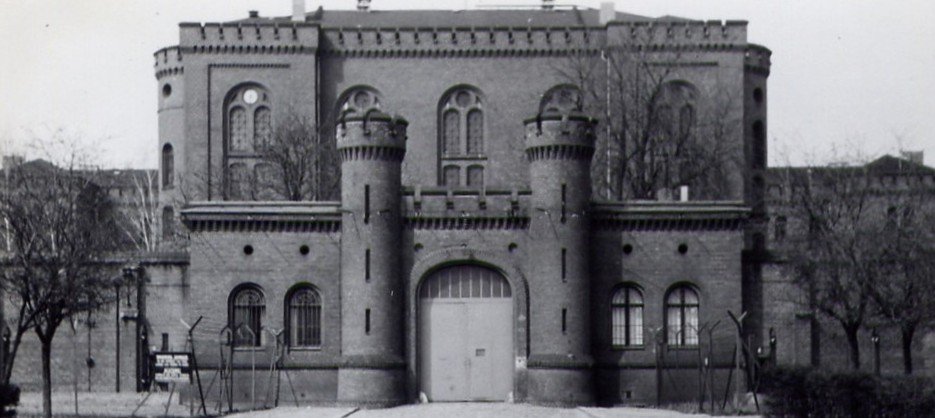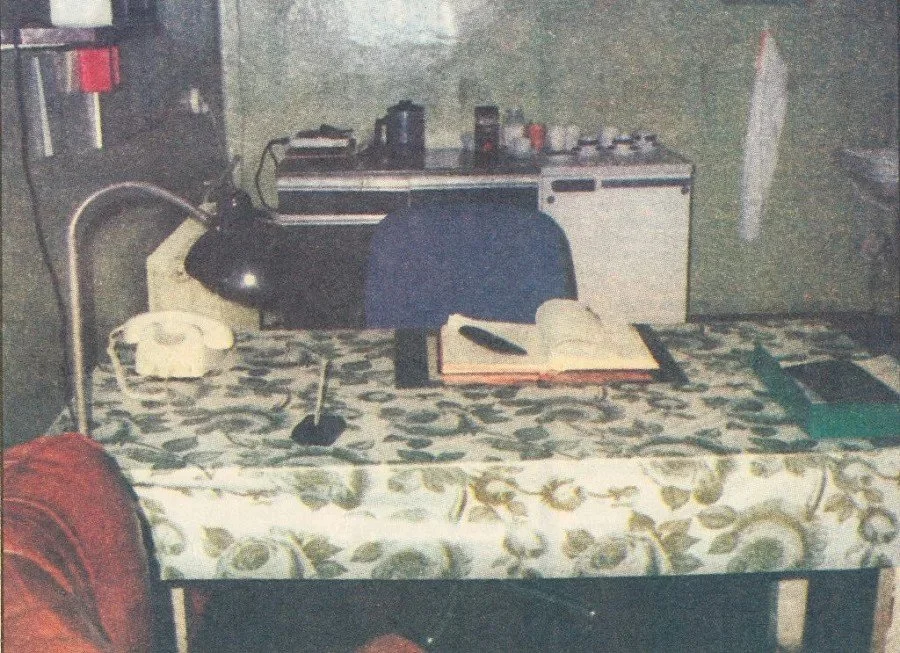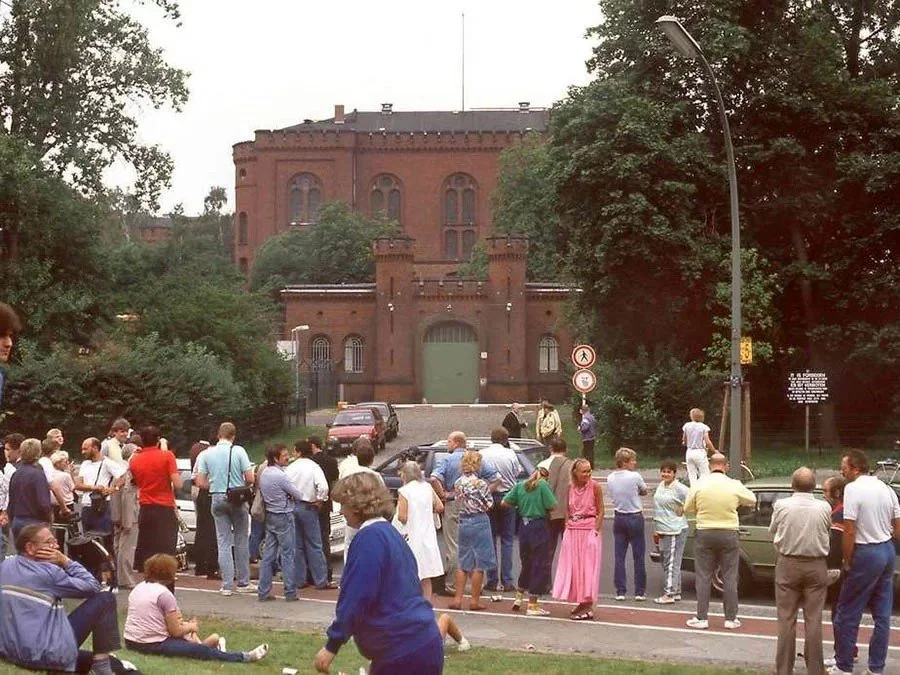
Spandau Prison
The prison was built in 1876. It initially served as a military detention center. From 1919 it was also used for civilian inmates. It held up to 600 inmates at that time.
On July 18, 1947 seven Nazi war criminals were brought to the Spandau Prison. They were sentenced at the Nürnberg Trials.
Rudolf Hess, Walther Funk, and Erich Raeder faced life sentences. Albert Speer and Baldur von Schirach faced a 20 year sentence while Konstantin von Neurath had to serve 15 and Karl Dönitz 10 years in the prison.
Dönitz, Speer, and Schirach served their full sentences. Neurath, Raeder and Funk were released earlier due to their ill health.
From 1966 on Rudolf Hess remained the only prisoner at the Spandau Prison. The four powers took turns in guarding the prison. Despite the tensions between the Western Allies and the Soviets the guard duty at the Spandau Prison was never interrupted.
The guarding platoon, made up by 37 soldiers and one officer, changed monthly with a change of the guard ceremony in front of the prison.
February
June
October
January
May
September
April
August
December
March
July
November
Each of the four powers appointed a medical officer to oversee the health of prisoners. Doctors periodically examined the prisoners and prescribed the necessary treatment in agreement.
To work inside and outside the Spandau prison, service personnel were hired from among citizens of UN member countries, except for allied countries and Germany. Service personnel, with the exception of the male nurse, were strictly prohibited from contacting prisoners.
The main costs of maintaining the Spandau Allied Prison were borne by the West Berlin Government. At a cost annually of $800,000 for the maintenance of the prison, staff and prisoners.
The four-story prison building was cross-shaped and was designed to hold 600-800 prisoners. Prison had 132 solitary confinement cells, 4 punishment cells, 10 general cells for 40 people each. However, since 1947, only the 1st floor and basement were used. The prison area was surrounded by a stone wall about 6 meters high and a fence made of metal mesh. Along the perimeter of the wall there were 6 watchtowers, on which armed sentries were constantly stationed. The prison had only one entrance gate on the Wilhelmstrasse side.
The office of the senior duty warder in the cell block of Spandau Prison
After the tragic death of Hess, the once-imposing structure of the Spandau Allied Prison was ultimately destroyed, making way for a new development. In its place, The Britannia Centre was constructed, formerly known as the BFFC - British Forces Family Centre. This newly established center now comprises a diverse array of facilities, including a shopping center, welfare services, employment resources, and broadcasting capabilities specifically designed for the British military community residing in Berlin. The Britannia Centre also had 230 seat cinema complex, alongside five existing buildings that have been completely refurbished into attractive two and three-storey structures. The opening was executed in phases between September 1990 and mid-1991.
After the Berlin Infantry Brigade was dissolved in mid-1994 the Britannia Centre Spandau lost its name and became the only unnamed shopping centre in Berlin. It was used by Kaiser's Tengelmann, ALDI, Media Markt and a few small companies. In late 2008 Media Markt left the main shopping complex leaving the space abandoned. In 2011 the new owner, a development company, applied for permission to demolish the cinema complex of the Britannia Centre. The cinema complex in question was used by ALDI until October 2011.
By May 2013 the cinema complex had vanished and the shopping complex had been changed far beyond recognition. The massive glass dome that once sat atop the complex has also been removed. On 20 June 2013, a Kaufland center opened inside.
The territory of the former Spandau prison on the Google map of modern Berlin
Spandau Prison today is a Department Store
View onto the former Shopping Complex of the former Britannia Centre Spandau in May 2009.
The Britannia centre before it was changed to the Kaufland store it is today.
The former Cinema Complex in May 2009.
1987. View of Spandau Prison entrance.
2019. A new building was built at the entrance to Spandau Prison. Nothing reminds us of the old days except the old lamppost
Today, the only remnants of the past are the centuries-old trees that stand as silent witnesses to history, along with a few buildings preserved behind the former prison wall, and numerous old photographs available on the Internet. Notably, the street and the lamppost that once marked the entrance to Spandau prison have remained unchanged over the years, serving as a poignant reminder of the site's historical significance.
Watch my video from Spandau taken during my trip in May 2025
















